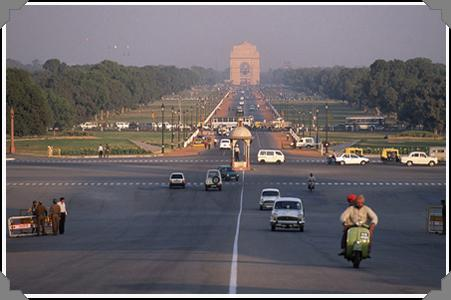
Employment
The educational system has traditionally placed great
emphasis on mathematics and science, resulting in a large pool of science and
engineering graduates. Mastery over quantitative concepts coupled with English
proficiency has resulted in a skill set that is ideally suited for the IT
industry. Indian universities are pumping out 135,00
engineering graduates every year. However even with these large figures
McKinsey & Co and NASSCOM predicts a shortfall of IT workers in
B2C E-Commerce
The B2C space is currently booming. In fact close to 50 to
100 portals get launched every month in
Among the earliest entrants into the B2C space was rediff.com, which has
even managed to list itself on NASDAQ. The leading newspapers in
The NRI community is also a significant booster of B2C activity in
Indian search engines such as Khoj.corn and
auction sites such Baazee.com are also making waves in the market. Sites such
as contest2win.com have found favor with the Indian cyber community and the
cash registers are already ringing at the innovative portal. Very recently,
Yahoo! has also set up its office in
At the same time, Indian companies are positioning themselves as e-service
companies. They are providing these services to Corporates
in
B2B E-Commerce
The B2B
business is fast flourishing in India India India
India
E-Governance
The Indian economy has grown at an average rate of 6.0%
a year in the last five years.† In
1. Domestic/Intíl Call Centers
2. Tele-Education
3.
Vehicle
Tracking System
4.
5. Bill Payment System